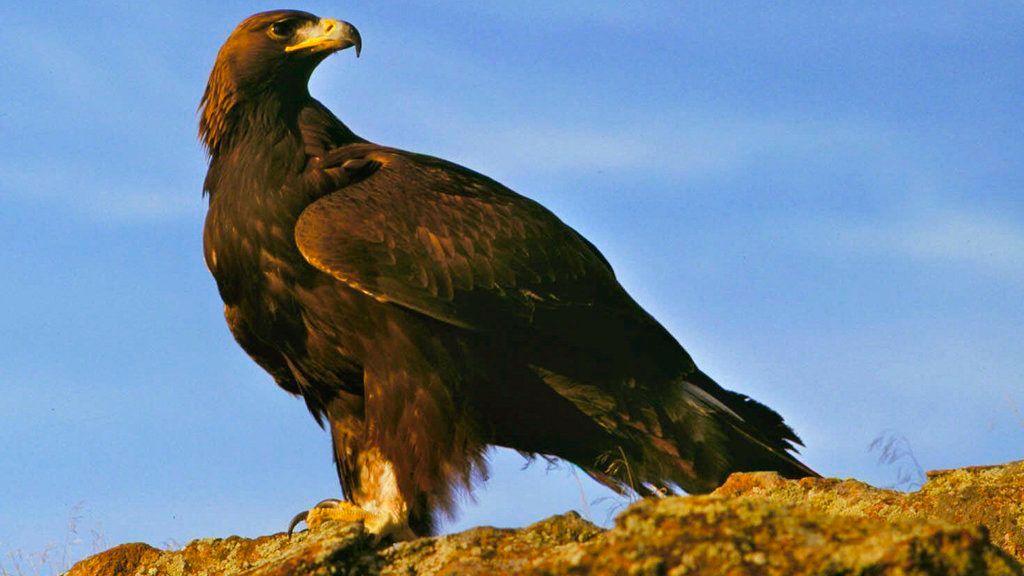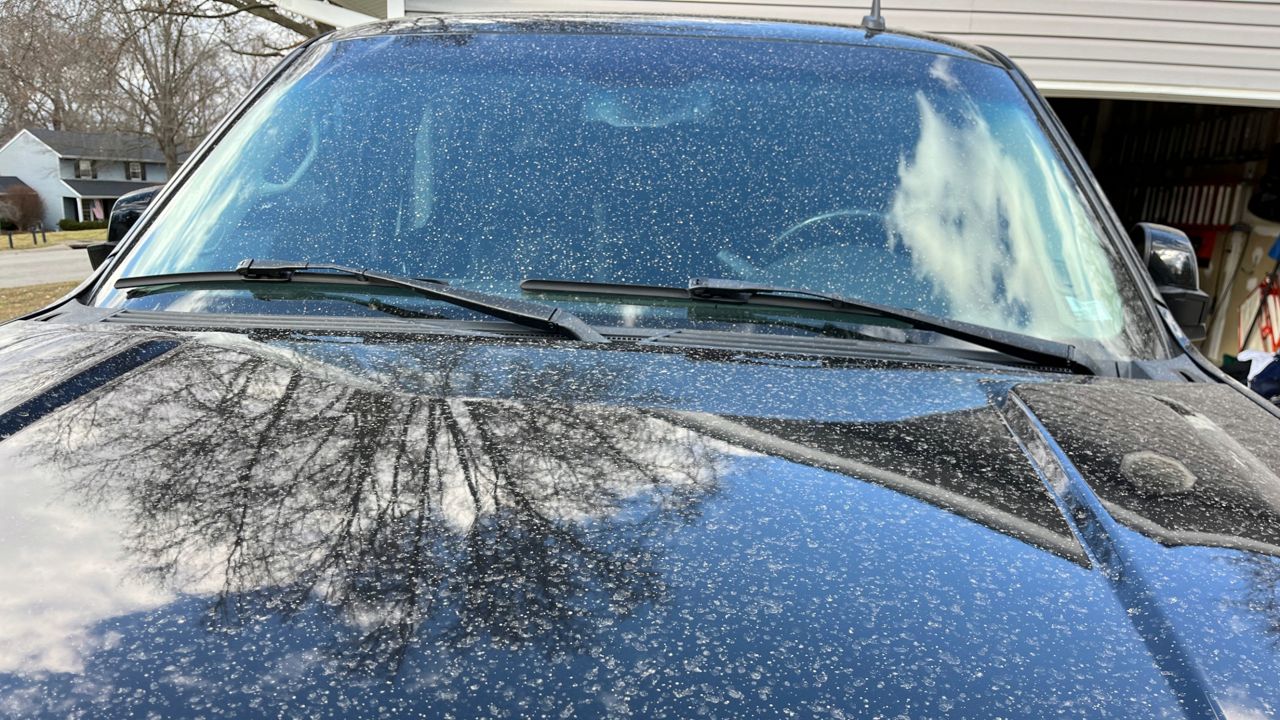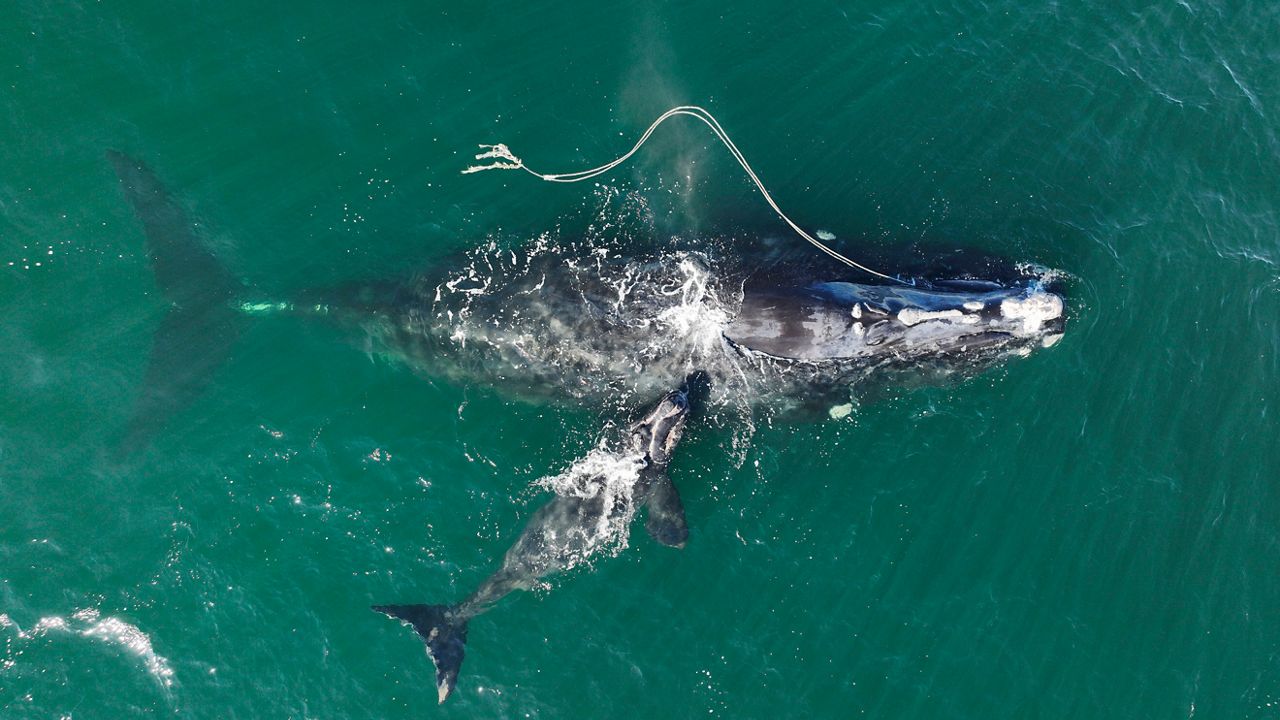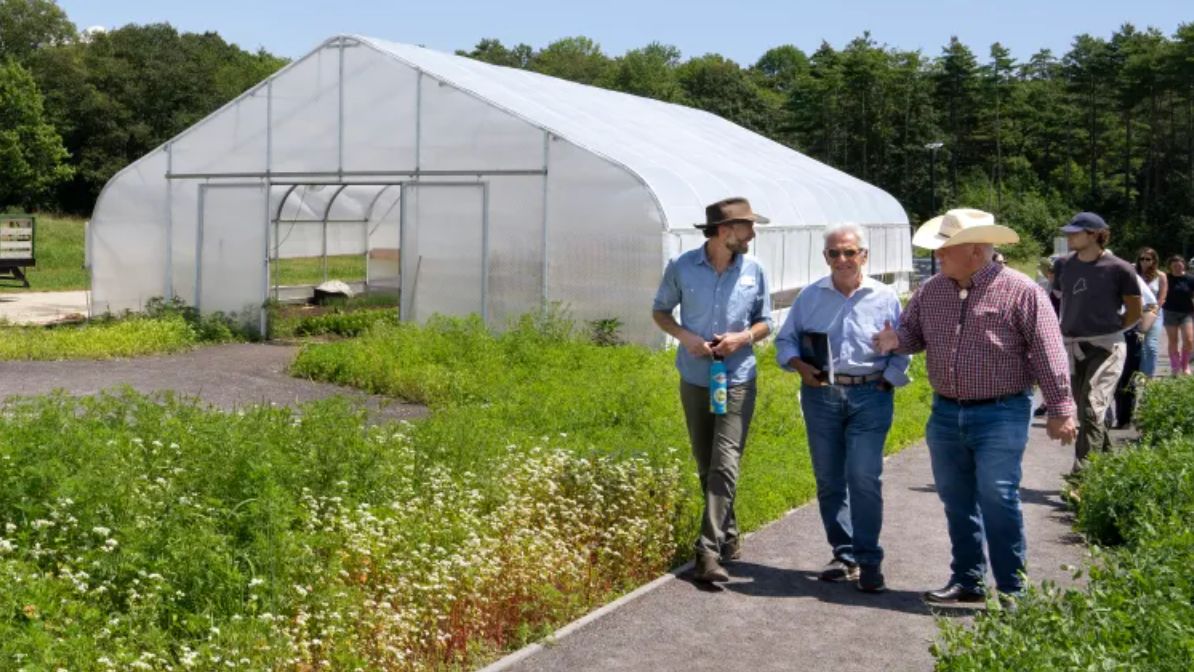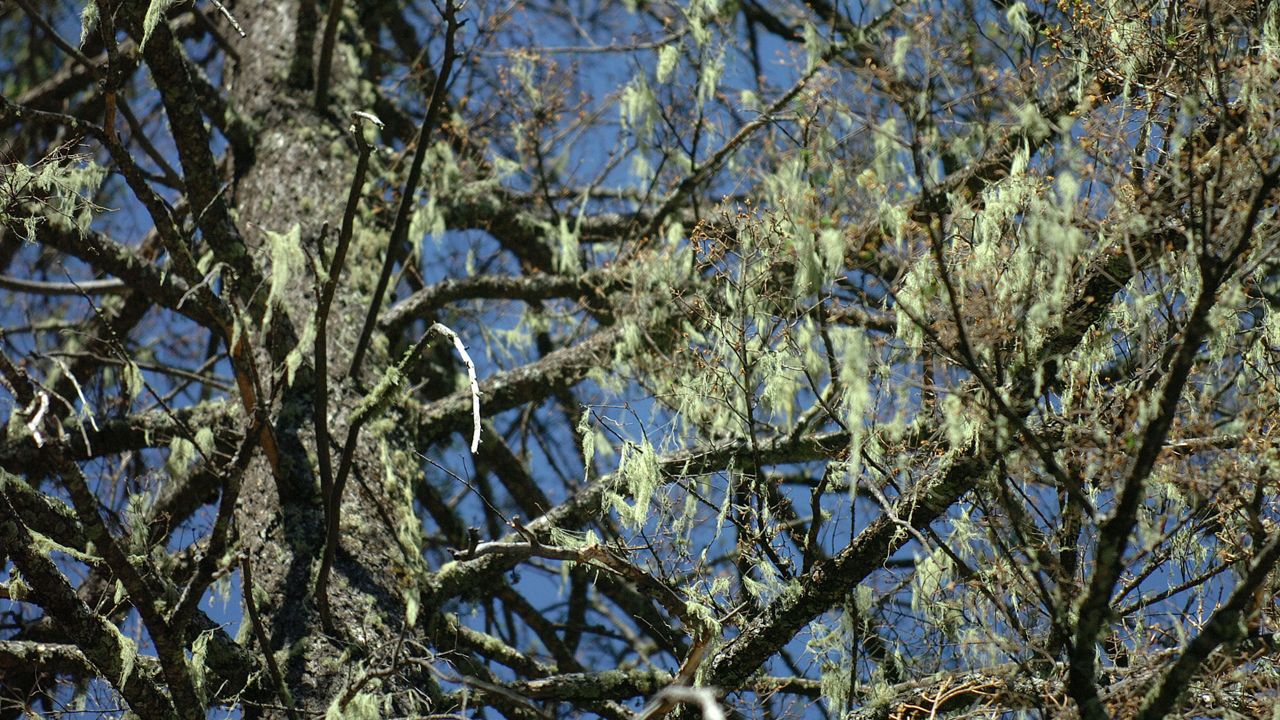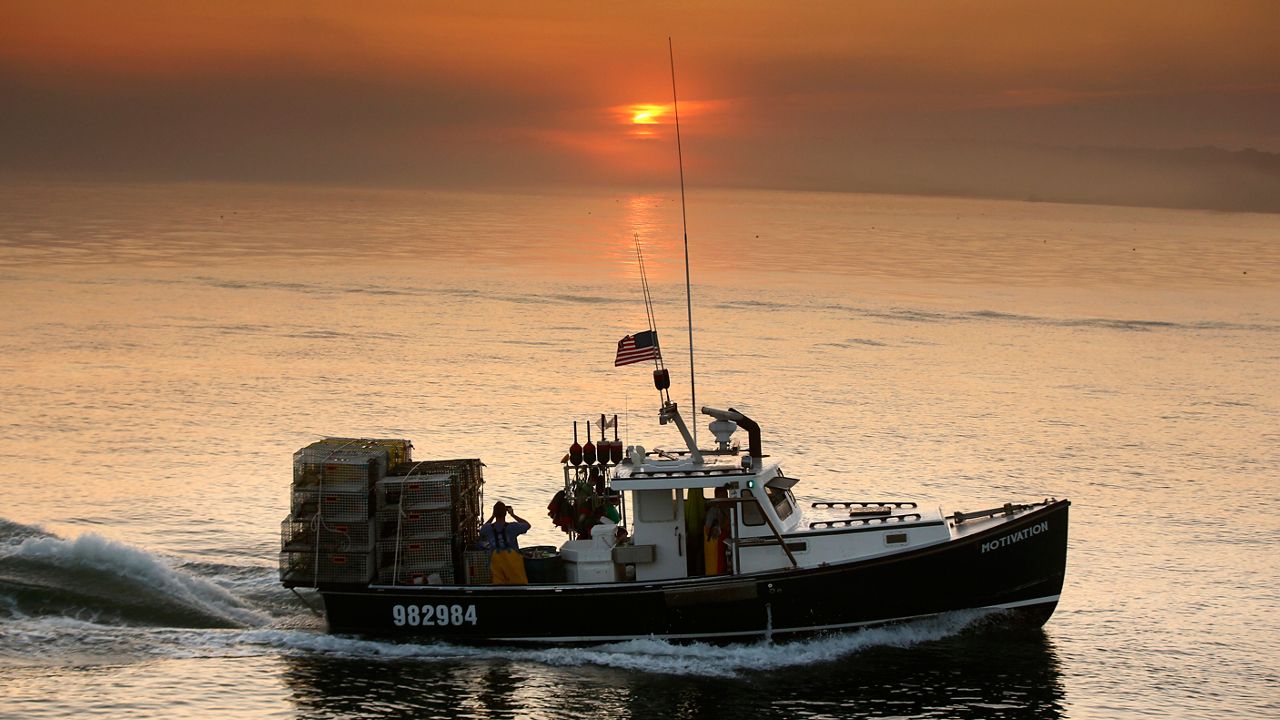MONROE — The state is looking for more volunteers to help with a study of golden eagles, following a successful year-long effort to spot them and track their movements.
The eagles are endangered in Maine, with the last breeding pair spotted in the state in 1997, according to the Maine Department of Inland Fisheries and Wildlife.
State raptor biologist Erynn Call said she received photos from 45-50 sites managed by volunteers and birders to help with this year’s study.
“Even though golden eagles have been known to be in Maine for hundreds of years, we really know very little about where they are, what habitats they are using, how many, how their movements might differ depending on the year or between adults and young golden eagles,” she said.
Maine serves as a “migratory corridor” for the birds, which are often confused with juvenile bald eagles. That’s because it takes five years for a bald eagle to develop its bright white head.
Golden eagles and bald eagles are about the same size — about 2.5 feet tall with a wingspan of 6.5 feet and a weight of about 10 pounds, according to IF&W.
But they differ in key ways: golden eagles have feathers down to their feet, but bald eagles do not; immature golden eagles have a white tail band and distinct white patches on the bottom side of their wings, while immature bald eagles have mottled white highlights.
The 2024 study documented golden eagles in 20 townships and of those, it’s the first time they’ve been sighted in 11 of them, Call said. In the 10 years prior to the study, golden eagles had been documented in 31 townships.
And while birders are welcome to help with the study, the most effective way to spot the eagles is with a trail camera over a baited site, the study found.
The baited sites consist of animal carcasses in small forest openings 30-60 feet wide.
“We’re very excited to get more people involved and there’s so many different ways to get involved, whether you want to learn more about goldens, learn how to identify them better,” she said. “As a landowner you could host a monitoring site or if you have bait that you are able to donate to the project or run a baited trail site.”
Moving forward, Call hopes to add more monitoring sites, particularly in northern Maine, and put tracking devices on three of the eagles this winter to gather more information.
“They’re a top predator so they are really important as a scavenger,” she said. “Also, just part of our biodiversity as well, a unique and rare and secretive species that we’re excited to learn more about.”
One of the most successful places to spot the eagles so far has been in Monroe, a small town in Waldo County where volunteer Todd Jackson has trail cameras over a coyote bait site deep into the woods.
Jackson, owner of Penobscot Bay Outfitters, said last year, a golden eagle visited his site almost every day.
“It seems to me the eagles show up more here when there’s more snow,” Jackson said. “Last year the golden eagle was here until about mid-March.”
For more information, visit the Maine Golden Eagle Study webpage.





